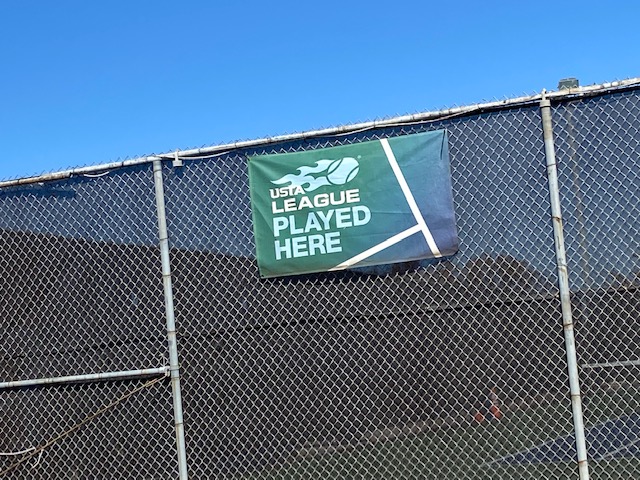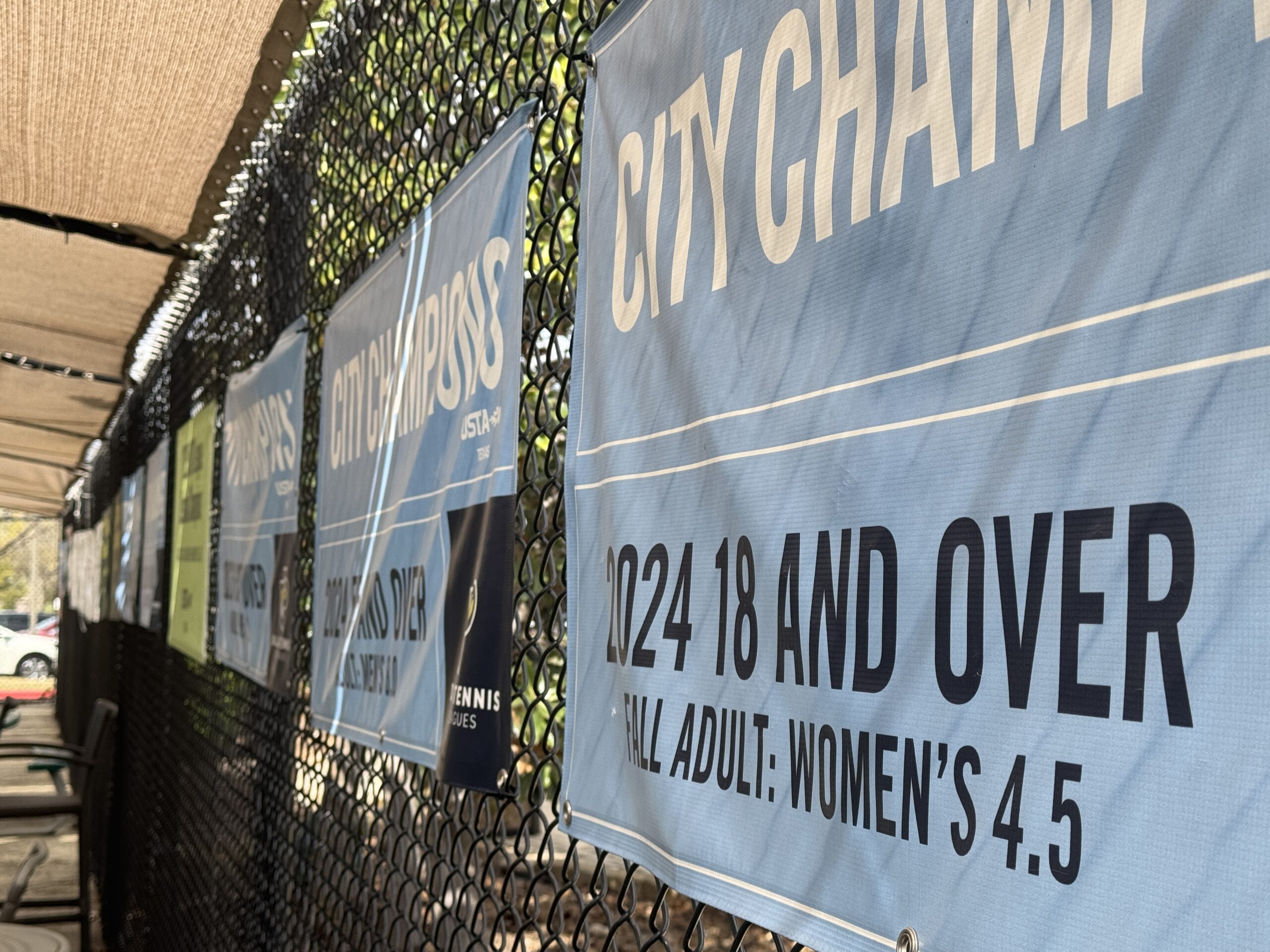Addition by subtraction is the idea that removing something can actually make a system stronger, clearer, or more effective. It’s a principle that sometimes can be Illustrated within rules and regulations, where trimming outdated or confusing provisions can improve both clarity and fairness. Today we are examining one final update coming in the 2026 USTA League Regulations. It is the elimination of a problematic rule that should streamline the competitive framework and deliver a clearer, more equitable experience for new players.
Not surprisingly, since this is addition by subtraction, the rules change we are examining this week is a straight deletion. Consequently, we have to go back to the 2025 USTA League Regulations for a definitive version of what has now been eliminated. It should be noted that this is an extremely narrow rule that previously only applied to 2.5 USTA League teams in certain situations.
2.05B3(c) Players on a 2.5 team who are found to have valid computer ratings, after the appeal process, that place them higher than the 2.5 NTRP level may continue their participation through all championships at the 2.5 level UNLESS their year-end rating reached the clearly above level mark. If it did, they must immediately adjust to their new NTRP level. Prior team matches played are valid.
2025 USTA League Regulation 205B3(c), which has been deleted for 2026
Additional context is required to understand what elimination of that provision does in practice. Fortunately, this one is fairly straightforward once the preceding regulation is read. The following excerpt which appears verbatim in both the 2025 and 2025 regulations.
2.05B3(b) Players who are found to have valid computer ratings, after the appeal process, that place them at a higher level at which they are competing may continue their participation at the lower NTRP level through the conclusion of any Early Start League in progress or until such other date or championship level as determined by the Section. They shall not be permitted to advance to any National Championship at the lower NTRP level. Prior team matches played are valid.
2025 USTA League Regulation 205B3(b), effective in both 2025 and 2026
When the deleted rule is taken together with USTA League Regulation 205B3(b) which was retained, it effectively means that 2.5 rated players who are found to be playing above level can finish out the season with their original teams. The change lays the framework for elimination of potential disqualification of a beginning tennis player who made rapid progress toward mastery. In other words, those players would still be allowed to compete at both the local and Sectional level. While Sections still have the option to instate something equivalent to what was deleted, I doubt that most will take that option. It is less work and the right thing to do to simply follow the USTA National lead on this one.
I contend that there is no other sport in the world that punishes new players for improving too quickly. And yet, that’s exactly what this now-deleted rule did. By forcing newly rated 2.5 players to immediately bump up in the middle of a league season if their dynamic rating crossed a subjective arbitrary threshold, the USTA was effectively penalizing them for excelling. In doing so, it indoctrinated new players to the unfortunate concept that success in tennis should be managed, not pursued. That’s a terrible first lesson. Instead of encouraging growth and rewarding progress, this rule subtly endorsed the logic of sandbagging from the very moment someone took their first steps into competitive league play. Removing it is a moral compass correction.
Additionally, clarity is a big winner with this update. The phrase “clearly above level” is a problematic undefined threshold tied to a dynamic NTRP rating system that is anything but transparent. There is no official definition, no published metric, and no way for players to know where that line is, or when they might cross it. That lack of clarity is compounded by the fact that the mechanics of the algorithm are closely guarded, accessible only to a handful of insiders. To make matters worse, the integrity of the input data, self-reported scores and potentially curated match play, is far from pristine. In that context, hinging a player’s eligibility to continue play based on an invisible and shifting standard is not only confusing to new players, but indefensible for a governing body with the stated objective to attract and retain new participants. Removing that language helps ensure that new players aren’t blindsided at the outset by secret math and subjective decisions.
In the grand scheme of USTA League regulations, this might seem like a minor adjustment to a rule that only applied to a small subset of players and circumstances. However, it might possibly portend a meaningful shift toward a more welcoming and equitable competitive framework for the sport. Eliminating a rule that punishes improvement and relies on vague, inaccessible metrics, is a small but important step in the right direction. It aligns with the idea that competitive tennis should reward progress rather than penalizing it.
- 2025 USTA League National Regulations, USTA Resource Document, April 23, 2024.
- 2026 USTA League National Regulations, USTA Resource Document, April 1, 2025.



